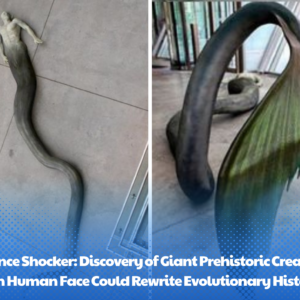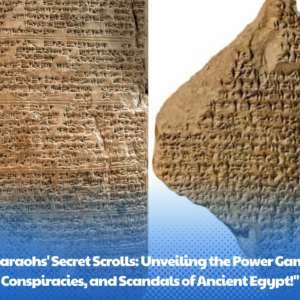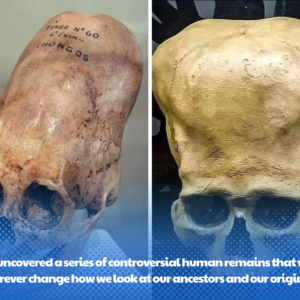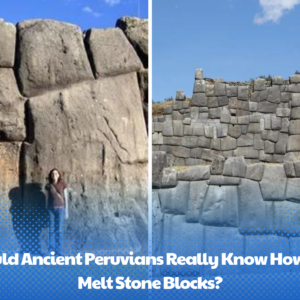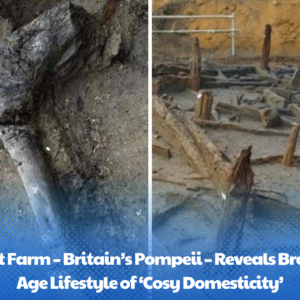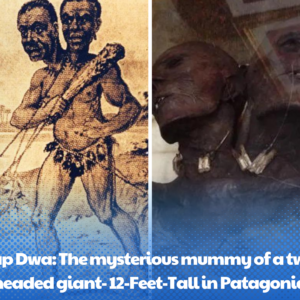The Ibero-Roman oppidum of Castulo near Linares in Jaen province, Andalucia, Spain was one of the major Iberian cities in the Iberian Peninsula

Bronze handle in form of a sphynx
On the fertile banks of the Rio Guadalimar, in the upper reaches of the Guadalquivir valley, with the Sierra Morena mountains to the north and the Sierra de Cazorla, Segura y Las Villas to the east, Cástulo has been a favoured location since the Neanderthals hunted in the area. Tools from their era have been found on the river terraces nearby. The first permanent settlement appeared after 5000 BC by which time the population had an economy based on agriculture, livestock and were using polished stones and ceramics. The discovery of metallic ores in the nearby Sierra Morena turned Cástulo into one of the richest and most extensive Iberian cities in the Peninsula.
Ancient Routes

Roman baths area Castulo
The metallic ores from the area have been exploited since the 3rd millennium BC and by 2000 BC a trading/exchange network had formed that linked the people of Cástulo with the people down the Guadalquivir valley to the Atlantic and to the Mediterranean coast at Almeria via a pass between the Sierra de Cazorla and the Sierra Magina and thence south and east to leave the Sierra de Baza to the north and the Sierra Nevada to the west and south and then the route heads south to the coast to leave the Sierra Alhamilla to the east. A secondary route heads east just north of the Sierra Alhamilla and meets the Mediterranean coast at Garrucha. These routes are important, the first would, in due course, allow communication between Cástulo and the Tartessians, the second between Cástulo and the copper working people of Los Millares and the third between Cástulo and the Argar people (and later the Iberian tribe) of the Baza area and the Rio Almanzora.
Iberian Oppidum of Cástulo

Roman mosaic Castulo
The Argar people of Castellon Alto, near Galera in Granada province, over 170 kilometres away, were using copper ore from Cástulo back in 1900 BC. At this time the population at Cástulo occupied land on the slopes above the Rio Guadalimar. Over the next thousand years, the population increased and the people of Cástulo formed a society recognisably Iberian with a succession of tribal leaders, the oppidum had its own mint and used the sphynx as its symbol, according to the later writings of Diodorus of Siculus (writing between 60 and 30 BC). The oppidum, or fortified settlement, of Cástulo, is also mentioned by Strabo, Polybius, Pliny the Elder and Livy. Cástulo was the capital town of the Oretani tribe of Iberians.
Phoenicians and Greeks

Greek krater found at Castulo
The arrival of the Phoenicians and to a lesser extent, the Greek, traders from 850 BC led to a period of ‘orientalising’, similar to that enjoyed by the Tartessians further down the Rio Guadalquivir. The finds from this period include a bronze model of a sphynx (probably a handle from an incense jar) from a burial dated to the 7th century BC and a Greek krater from the 4th century BC.
La Muela – a Phoenician Temple or Palace

Castillo de Santa Eufemia
A Phoenician style temple or palace has also been excavated at Cástulo in the area known as La Muela, on the banks of the Rio Guadalimar. The building contained a superb pebble mosaic comparable with those found in the Eastern Mediterranean that date to the 1st millennium BC. It has been proposed that the Phoenician/Greek influence was as a result of communications via the Tartessian route. The Tartessians, however, had their own sources of copper and other metals from the western end of the Sierra Morena in the Rio Tinto area so were in effect in competition with the Iberians, whilst the societies along the Almeria routes were themselves Iberian and there was a significant Iberian oppidum on the coast at Baria (Villaricos) that was enjoying contact with Phoenicians and Greeks at the same time. A Greek krater, very similar to the one found at Cástulo, was discovered in the necropolis at Baria. It has been dated to between 351 and 301 BC, the 4th century, the same age as the krater from Cástulo.
The Carthaginians

Iberian lion – Necropolis Castulo
In 228 BC the Carthaginian general, Amilcar Barca, took command of Cástulo which, by this time, was said to be the largest city in the Iberian Peninsula. The silver from the area helped to pay for the Punic Wars. In 211 BC, during the Second Punic War, Cástulo was the scene of a battle between the Romans and Carthaginians. The Romans were defeated. Two years later, Scipio Africanus is said to have intimidated the inhabitants of the city in order to have them betray the Carthaginians, by slaughtering all the inhabitants of Illturgis, a nearby town. Cástulo was taken over by the Romans, in 206 BC. The citizens of Cástulo were granted the status of foederati (allies).
The Roman Occupation of Cástulo
The Roman occupation was another period of expansion for Cástulo. Its monumental buildings were built, a theatre, an amphitheatre, temples and forum. In 2017, LiDAR technology revealed the presence of a circus or hippodrome at Cástulo. This discovery puts Cástulo on the same level of importance as Merida, Toledo, Tarragona and, the only other known location of a circus in Andalucia, Italica. Somewhat more visible are the exquisite mosaics.
Mosaic of the Lovers
Between the 1st and 2nd centuries AD, a building in the lower city was partially built. When excavated it was found to contain the Mosaico de los Amores. Restoration of the mosaic took experts 3 months and it is now on view in all its splendour.
The Visigoths
The Romans left Andalucia during the late 3rd and early 4th centuries AD, leaving behind, at Cástulo, a Jewish community that occupied the central area of the settlement. Of the Visigothic period, there is little evidence and the signs are that the population declined even more.
The Moors at Cástulo
The Moors arrived and Cástulo became known as Qastuluna. It now consisted of a small fortification and scattered settlements. There are two brief mentions of Qastuluna during the Moorish period; the battle of Qastaluna in 786 AD and a revolt sometime later, about 950 AD. The castle of Santa Eufemia was built during the 11th and 12th centuries AD. It was positioned at the southern end of the settlement, away from the main urbanisation and included a moat. This was probably a reaction to the reconquest of Spain that was drawing nearer. The area was reconquered by Christian forces led by Ferdinand III of Castile in 1227 following the Battle of Las Navas de Tolosa.
Cástulo Abandoned
Cástulo remained occupied by a forever decreasing population until the 14th century, during which time it was finally abandoned. The cut stones from the monumental buildings were carried off to be used for buildings in the newly emerging cities of Linares, Baeza and Ubeda.
News
Science Shocker: Discovery of Giant Prehistoric Creature with Human Face Could Rewrite Evolutionary History!
Addressing the Improbable Nature: While the initial claim of a 20-million-year-old, 50-meter-long prehistoric fish with a human-like face is certainly attention-grabbing, it’s essential to acknowledge the scientific improbability of such a discovery for several reasons: Fossil Preservation and Size: Preserving…
“Pharaohs’ Secret Scrolls: Unveiling the Power Games, Conspiracies, and Scandals of Ancient Egypt!”
Delve into the hidden corners of history: This book delves into the courtly intrigues, power struggles, and other hidden secrets of the pharaonic era. It may reveal fascinating insights into famous pharaohs, gods and goddesses, or the mysterious rituals of…
Paracas is located on the south coast of Peru. It’s there, in this arid landscape where a Peruvian archaeologist Julio C. Tello made one of the most mysterious discoveries in 1928.
Paracas is located on the south coast of Peru. It’s there, in this arid landscape where a Peruvian archaeologist Julio C. Tello made one of the most mysterious discoveries in 1928. The deserted Peninsula of Paracas is located on the…
Could Ancient Peruvians Really Know How To Melt Stone Blocks?
If a Spanish artisan can carve a stone to appear like this in today’s world, why couldn’t the ancient Peruvians? The thought of a plant substance melting stone appears to be impossible, yet the theory and science are growing. Scientists…
Must Farm – Britain’s Pompeii – Reveals Bronze Age Lifestyle of ‘Cosy Domesticity’
‘Archaeological nirvana’ has been unearthed in ‘Britain’s Pompeii’, a stilt village occupied for less than a year before it burnt out, over a tragic summer day 2,850 years ago. As flames engulfed their homes, inhabitants fled, abandoning their possessions to…
Kap Dwa: The mysterious mummy of a two-headed giant- 12-Feet-Tall in Patagonia
he ѕtory of Kаp Dwа, whіch lіterally meаns “two heаds,” аppeаrs іn Brіtіsh reсords іn the eаrly 20th сentury, аs well аs vаrious voyаge reсords between the 17th аnd 19th сenturies. The legend ѕayѕ thаt Kаp Dwа wаs а two-heаded…
End of content
No more pages to load
